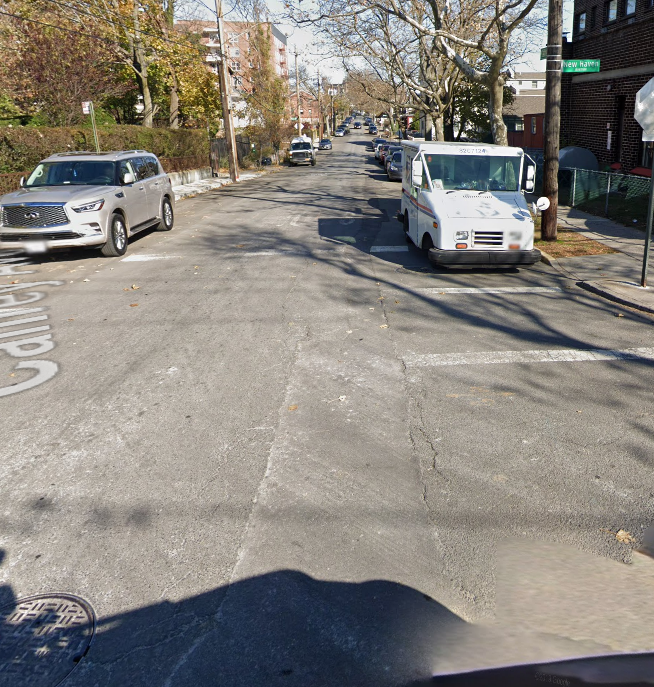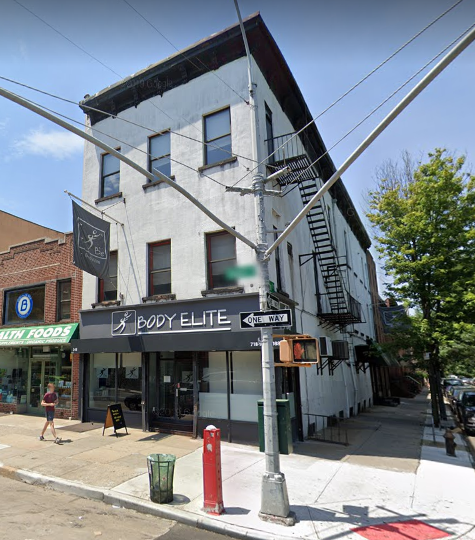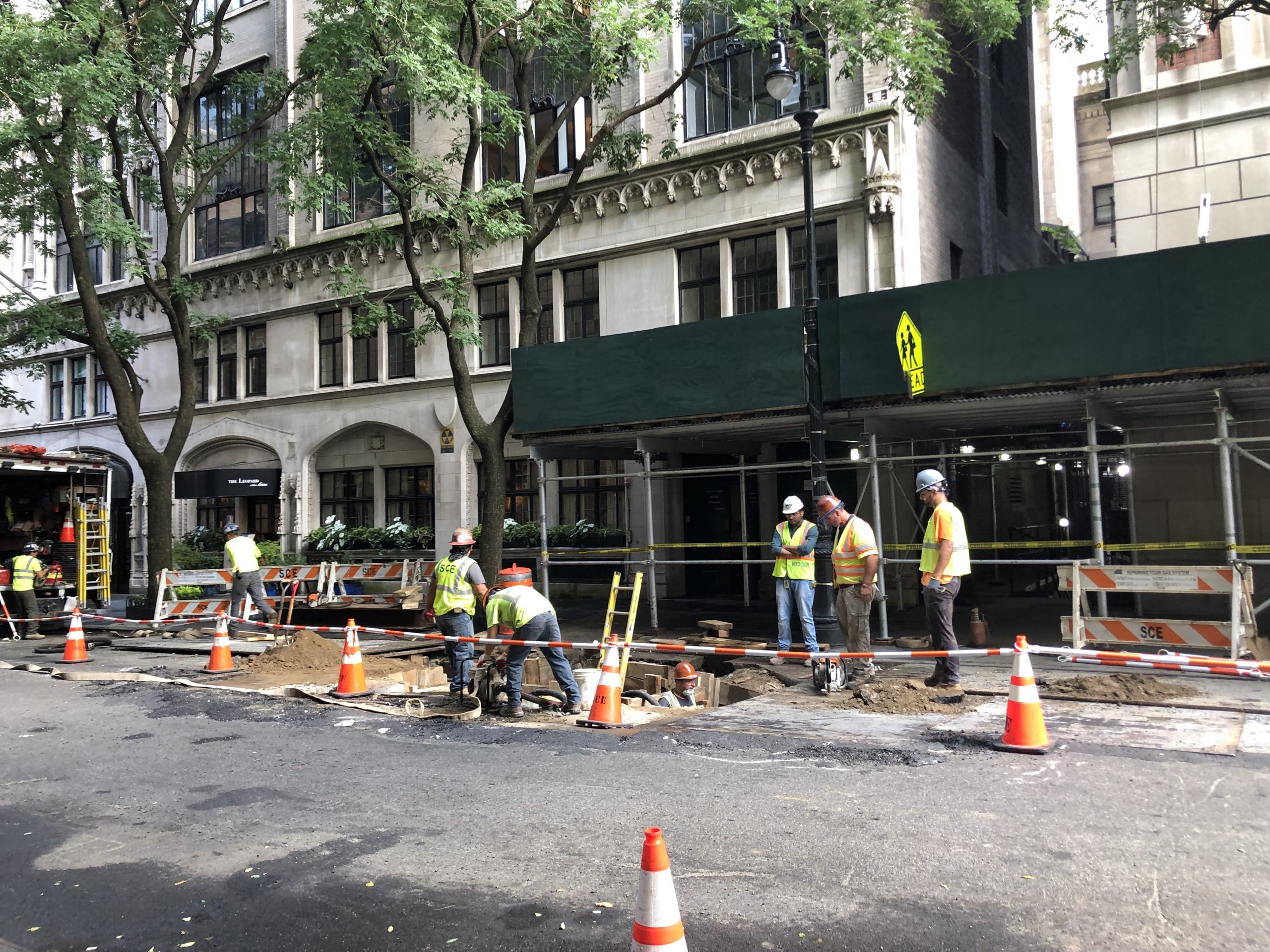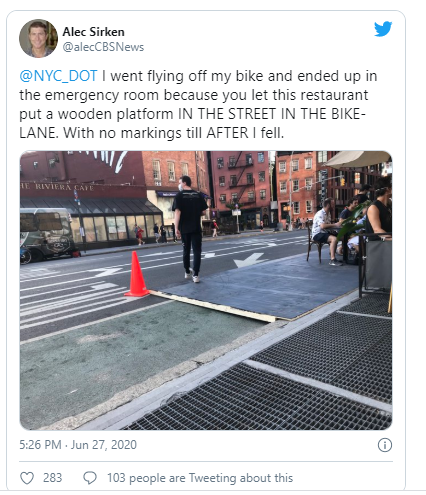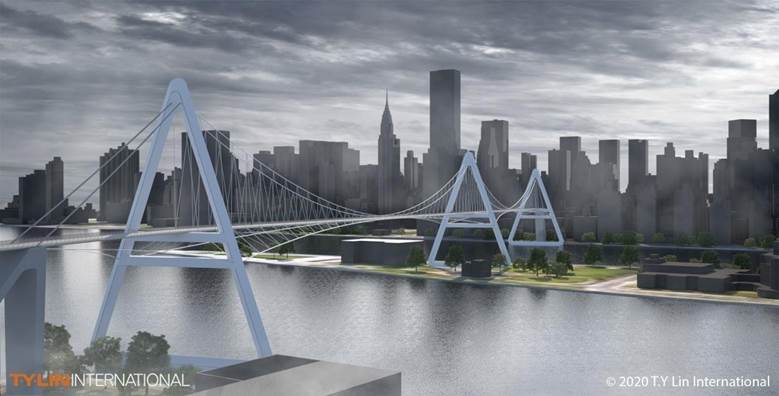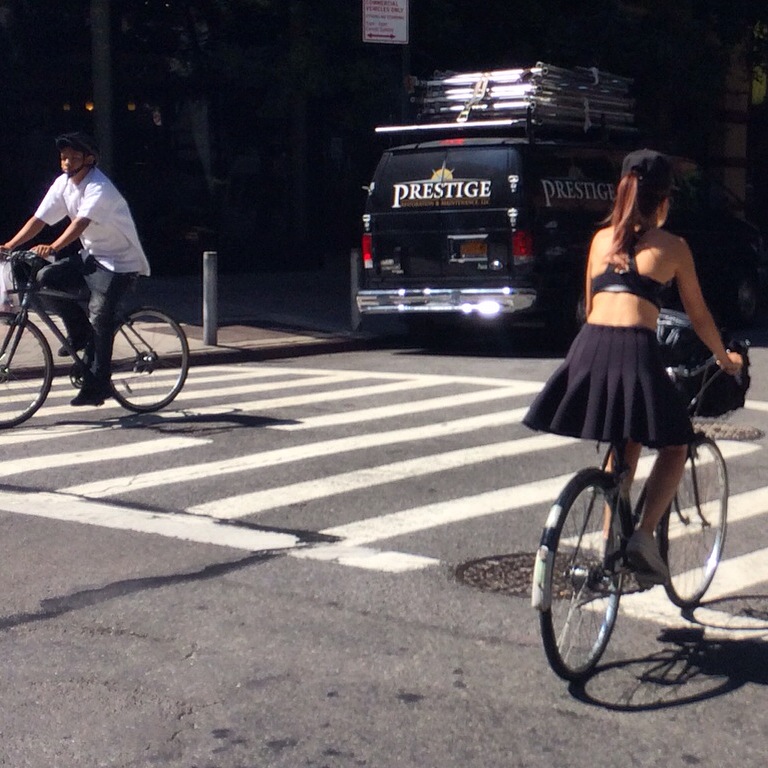 Every year an estimated 57,000 Americans die and 288,000 are hospitalized to be treated for traumatic brain injury. Another 2.5 million are treated at the emergency room and then released immediately. Traumatic brain injury is a contributing factor in 30% of all injury-related deaths in the US. While only a small percentage of all people suffering TBI die, many of them suffer long lasting health consequences.
Every year an estimated 57,000 Americans die and 288,000 are hospitalized to be treated for traumatic brain injury. Another 2.5 million are treated at the emergency room and then released immediately. Traumatic brain injury is a contributing factor in 30% of all injury-related deaths in the US. While only a small percentage of all people suffering TBI die, many of them suffer long lasting health consequences.
Almost half of the diagnosed traumatic brain injuries are caused by fall, 15% are caused by people being struck by or against something, 14% by motor vehicle accidents and another 9% by assault. Traumatic brain injury is often caused by the negligence of others.
Depending on the intensity of the impact, a traumatic brain injury can cause unconsciousness, confusion, memory problems, learning difficulties, speaking problems, unsteadiness, vision or hearing problems. Patients who suffered TBI can also develop Alzheimers or other types of dementia.
 New York Personal Injury Attorneys Blog
New York Personal Injury Attorneys Blog


